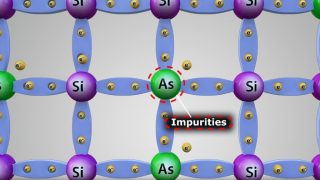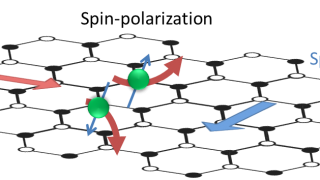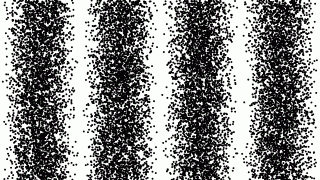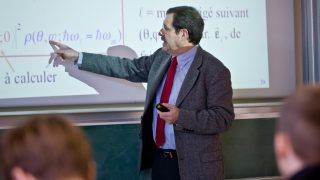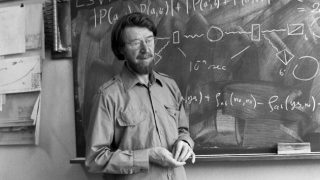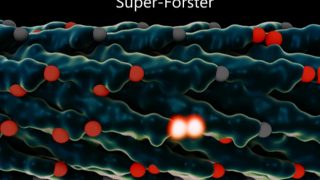
The importance of the dynamical electron-nuclear correlation terms
Ionization is a fundamental process in chemistry and physics, lying at the heart of many fascinating phenomena. Ionization is the process of producing ions. Certain molecules ionize in solution, for example. But ions may also be formed when an atom or molecule loses one or more electrons as a result of energy gained in a […]
